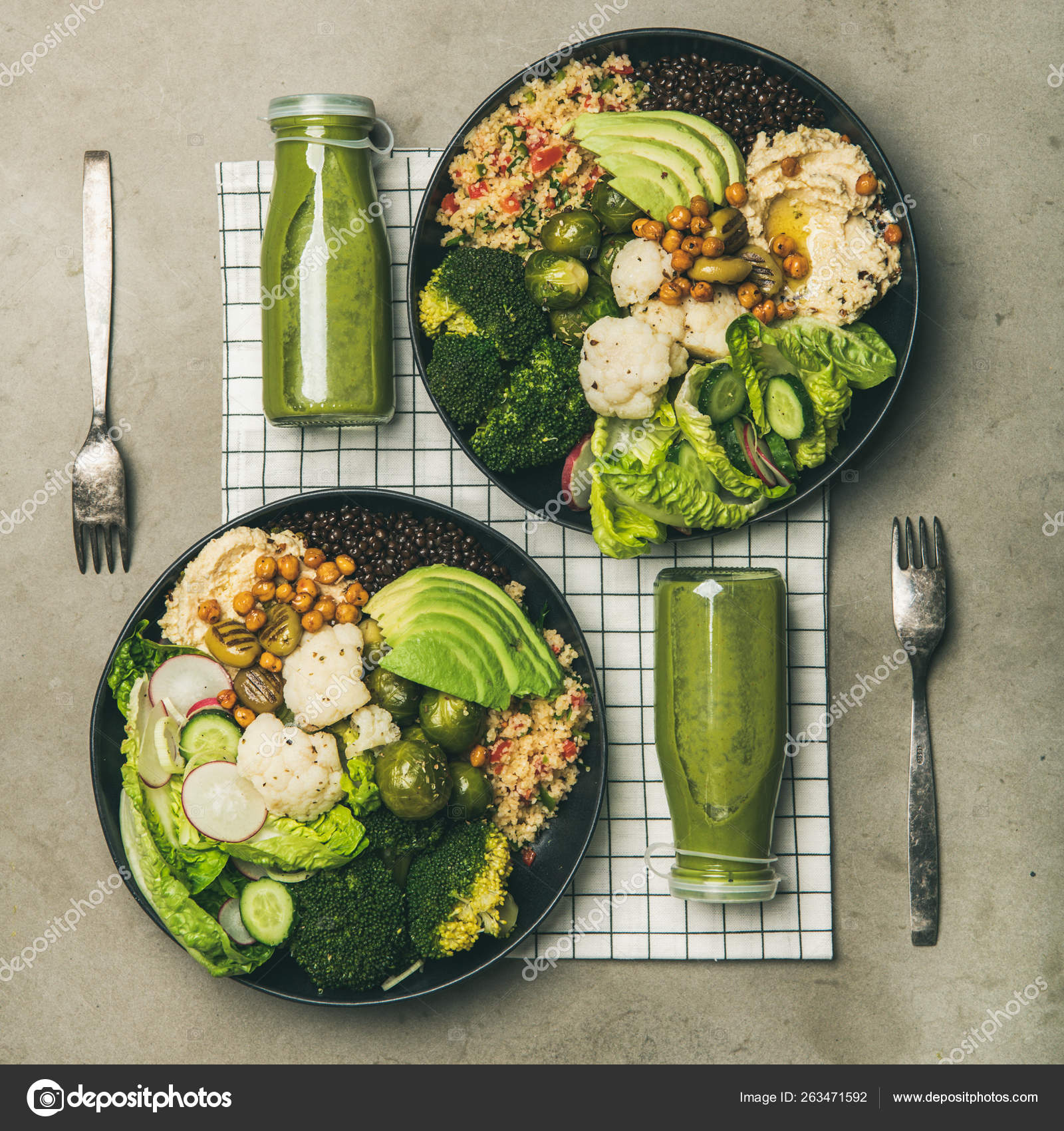Sugar promotes the occurrence of many diseases such as diabetes. Dr. Edouard Pélissier, a surgeon specializing in oncology, draws up an inventory of risks.
Is sugar as dangerous as some people claim?
Yes, he is. And today we have many studies attesting to this. We must first know that it is not a food that we need, contrary to what many people think. Sugar did not really become a cooking ingredient until the 18th century. We actually have a problem of terminology a little peculiar in our language: we often indicate carbohydrates under the name of sugars. However, sugars are a family of carbohydrates and they do not have the same metabolism as the majority of these.
Yes, he is. And today we have many studies attesting to this. We must first know that it is not a food that we need, contrary to what many people think. Sugar did not really become a cooking ingredient until the 18th century. We actually have a problem of terminology a little peculiar in our language: we often indicate carbohydrates under the name of sugars. However, sugars are a family of carbohydrates and they do not have the same metabolism as the majority of these.
It is said that it is essential for the body ...
Still this problem of terminology. Glucose is our fuel, our indispensable fuel, not sugar. It causes degradation of proteins and lipids that enter into the constitution of our cells. This reaction is called glycation. But if glucose is essential to our metabolism, it can also be harmful to our cells and the excess of sugar in the blood causes damage. This is especially what happens in diabetes. This is because we need it but also because it is too toxic that the body has set up a very sharp regulatory system with, in particular, the production of insulin.
Still this problem of terminology. Glucose is our fuel, our indispensable fuel, not sugar. It causes degradation of proteins and lipids that enter into the constitution of our cells. This reaction is called glycation. But if glucose is essential to our metabolism, it can also be harmful to our cells and the excess of sugar in the blood causes damage. This is especially what happens in diabetes. This is because we need it but also because it is too toxic that the body has set up a very sharp regulatory system with, in particular, the production of insulin.
These carbohydrates, which we also call "sugars", how do they existe?
There are different types. The simplest molecules - the monosaccharides - are glucose, fructose and galactose. These molecules are quickly absorbed. As soon as they arrive in the intestine, they pass into the bloodstream and the liver, where they are metabolized. The disaccharides are composed of two simple sugars. This is the case of sucrose (table sugar, ed) which is formed of a glucose and a fructose or lactose - the milk sugar, consisting of a glucose and a galactose. They are also absorbed and processed very quickly. This is called in common parlance fast sugars.
Polysaccharides are the last type of carbohydrate. They are formed of a large chain of sugar molecules. It is for example the starch contained in farineux, the pasta, the bread. Before being absorbed, the polysaccharides must be split into multiple small molecules. In common parlance they are called slow sugars.
What are the effects of so-called fast or slow sugars on the body?
They are of course different. When one absorbs a fast sugar, the blood sugar level rises as fast as it goes down. Scientists represent this in the form of an inverted V whose height corresponds to intensity and width, to longevity. This is the glycemic index. And the more a food has a strong glycemic index, the more it must be judged as toxic to our cells. As a result, our body will activate a mechanism to reduce sugar to one gram per liter of blood - a normal rate for the human body. The pancreas then enters into action and secretes insulin in greater or lesser quantities depending on the need for reduction.
They are of course different. When one absorbs a fast sugar, the blood sugar level rises as fast as it goes down. Scientists represent this in the form of an inverted V whose height corresponds to intensity and width, to longevity. This is the glycemic index. And the more a food has a strong glycemic index, the more it must be judged as toxic to our cells. As a result, our body will activate a mechanism to reduce sugar to one gram per liter of blood - a normal rate for the human body. The pancreas then enters into action and secretes insulin in greater or lesser quantities depending on the need for reduction.
There is a lot of talk about hidden or added sugars. What is it about?
It is simply non-natural sugar that is added to the food preparation of the food industry. We like sugar and the industrialists, who are not idiots, have understood it well. They put them practically everywhere, including in foods that are supposedly unsweetened: condiments, frozen preparations, etc. Sugar and salt are highly effective flavor enhancers for sale. Historically, sugar consumption has exploded after the Second World War, at the same time as the industrialization of food. Biscuits, sweet desserts, cereals, fruit juices and soft drinks are piled up on the shelves of food shops and supermarkets. Sugar is not seen as an enemy. Campaigns are mostly against fat and calories. We will realize that this is a big mistake.
It is simply non-natural sugar that is added to the food preparation of the food industry. We like sugar and the industrialists, who are not idiots, have understood it well. They put them practically everywhere, including in foods that are supposedly unsweetened: condiments, frozen preparations, etc. Sugar and salt are highly effective flavor enhancers for sale. Historically, sugar consumption has exploded after the Second World War, at the same time as the industrialization of food. Biscuits, sweet desserts, cereals, fruit juices and soft drinks are piled up on the shelves of food shops and supermarkets. Sugar is not seen as an enemy. Campaigns are mostly against fat and calories. We will realize that this is a big mistake.
How?
Some examples are very interesting to analyze. 0% yogurts are indicative of an evolution of contemporary consumption. People are convinced that you have to fight fat because it is he who makes you fat. But a fat free yogurt has no taste. So, most of the time, we add sugar or perfumes to more or less natural fruits. There is no fat, but you end up with a product stuffed with sugar. It is extremely harmful.
Some examples are very interesting to analyze. 0% yogurts are indicative of an evolution of contemporary consumption. People are convinced that you have to fight fat because it is he who makes you fat. But a fat free yogurt has no taste. So, most of the time, we add sugar or perfumes to more or less natural fruits. There is no fat, but you end up with a product stuffed with sugar. It is extremely harmful.
First of all, it's important to remember that you do not need sugar. For centuries, no one was eating candy, ice cream, chocolate cake or putting sugar in his coffee. That said, WHO mentions a daily caloric intake of no more than 10%, that is, no more than 50 grams per day. But the association of American cardiologists, who has reviewed a considerable number of publications, makes a stricter recommendation: no more than 20 grams a day for a woman and 36 grams for a man. That we understand: this is about added sugar. Not the one found in foods such as fruits, naturally high in fructose but whose effects are less harmful because they also contain fiber, vitamins, etc. On the other hand, it involves the sugars of prepared products, jams, cakes, chocolates as well as industrial juices and sodas ... The minimum dose can be quickly exceeded.
THE EFFECTS OF SUGAR OVERCONDITION
Excess sugar promotes the production of insulin which causes the storage of glucose in the cells. When it is not removed by physical exertion, glucose is converted into fat.
WHEN WE WAKE UP
Our blood sugar is normal. Our body does not need fast sugars. On the other hand, our body needs proteins and lipids (fat) for the construction of cell membranes and their contents and a few slow sugars (low glycemic index) to provide energy. Thanks to a balanced breakfast made of these types of foods, there is no risk of a drop in the blood sugar level, therefore, of pouting during the morning.
Breakfast idea: a hot drink without sugar or milk + 60 to 100 g of whole wheat bread (spelled, rye), 20 to 30 g of butter + 30 to 40 g of hard cheese, or 50 to
60 g fresh cheese to spread on bread, or 1 boiled egg, or 50 g ham or other cooked meats or beef (Graubünden) or smoked fish.
AT LUNCH
At lunch, our body still needs protein, a little less fat, and some slow sugars. On the other hand, it does not need fast sugars (with a high glycemic index).
Lunch idea: a piece of animal protein, a part of semi-complete or complete cereals and vegetables. No dessert but why not a square of dark chocolate.
AT LUNCH
At lunch, our body still needs protein, a little less fat, and some slow sugars. On the other hand, it does not need fast sugars (with a high glycemic index).
Lunch idea: a piece of animal protein, a part of semi-complete or complete cereals and vegetables. No dessert but why not a square of dark chocolate.
IN THE AFTERNOON
Sometimes sugar needs are felt. To meet the energy requirements of low blood sugar and late-night fatigue, you need to eat fast or slow sugars. This snack will help avoid compulsive cravings for snacking before dinner and dinner very lightly or even to have a meal.
Idea to taste: a fresh fruit if you are not so hungry, a small handful of almonds or two squares of dark chocolate and a biscuit.
AT DINNER
A well-nourished body during the day does not need sugar. This last meal should be light, the most digestible and the least fat possible and without sugar. The dinner will be vegetarian and composed mainly of vegetables. If you do not follow this rule and your body will not be able to enjoy the night to detoxify and your liver will continue to work to digest. As a result, an accumulation of fatigue and weight gain may be felt.
Dinner idea: fish and vegetables steamed together or a semi-complete pasta dish and ratatouille or a curry of lentils and green vegetables. Add a dessert based on cooked fruit if you can not do without a sweet treat.
If you are not hungry, opt for a green vegetable soup or 1 or 2 fresh fruits.
What should be deduced?
That the more you eat foods with a strong glycemic index - usually all sweet-tasting foods - the more you expose your cells to a toxicity that the body will have to fight by putting its protection system into action. If, on the other hand, you consume rather slow sugars, then the aggression is less violent and the inverted V curve is lower and longer. Sugar intake is thus more easily amortized by the body. Good nutrition therefore depends largely on how you bring the necessary carbohydrates to the human body.







Comments
Post a Comment